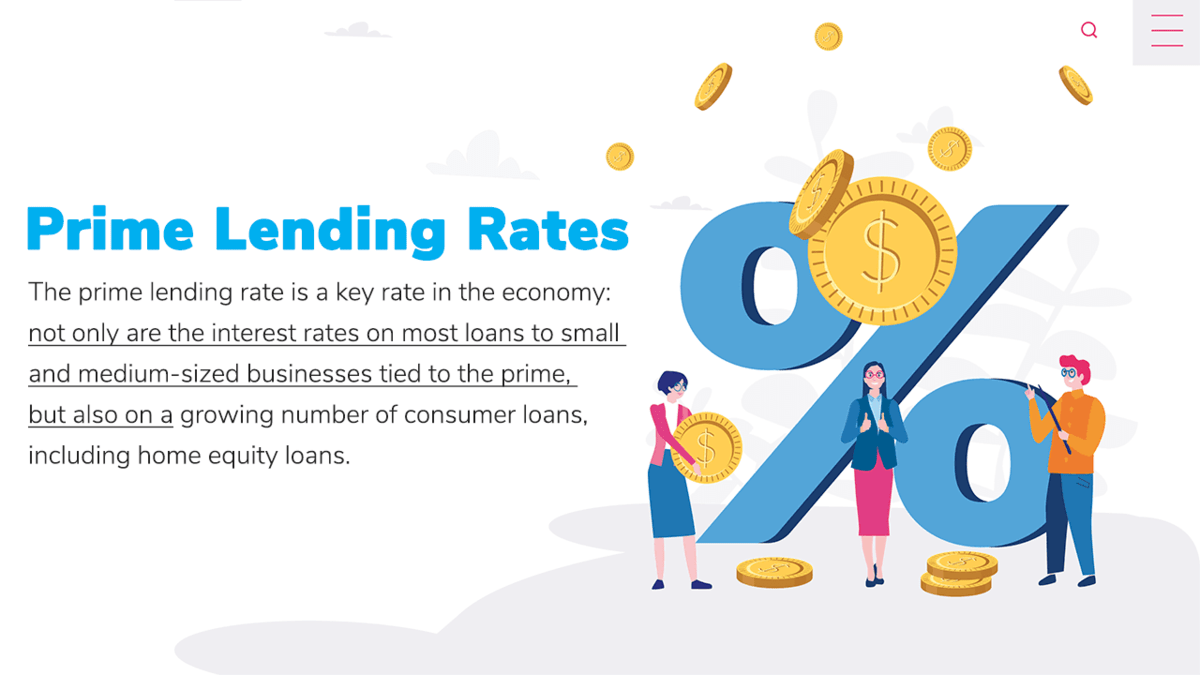What is the Prime Lending Rate? How Does it Affect You?
Financial institutions adhere to three benchmark rates. These are Prime Lending Rate (PLR), Marginal Cost of Funds-based Lending Rate and Reserve Bank of India (RBI) Based Rate. These help decide the final rate of interest to be charged on loans and mortgages.
Earlier, financial institutions had multiple interest rates based on their branch and location. There was no particular range of interest rates applicable for one type of loan across India. The RBI introduced the Benchmark Prime Lending Rate (BPLR) to ensure uniform lending rates among all financial institutions in India. The Board of the financial institutions has the approvals and helps the RBI to determine the BPLR whenever needed.
Smfg Grihashakti offers attractive interest on home loan India, two-wheeler loans, and personal or business loans. One can visit the official website or download the mobile phone application with a few easy steps to check loan eligibility, loan EMI calculator and interest rates.
Note : At Smfg Grihashakti, the interest rates are linked to the Retail Prime Lending Rate.
What is the Prime Lending Rate?
The prime lending rate or prime rate is the interest rate charged by financial institutions on the loans and advances offered to their most preferred and best credit-rated customers. The most loyal and frequent customers of commercial banks and NBFCs are large corporations and conglomerates that acquire short-term funds and are high-interest paying customers.
Customers and commercial set-ups that have proved their repayment ability over the years by making timely payments of the loan amount and never missed any instalments are granted loans with lower interest rates than others.
The prime rate and home loan rate apply to all the branches of that particular institution. Institutions add a spread to the prime lending rate while offering loans and advances to the borrowers.
The spread is decided by the institutions and the borrowers have to repay the loan with the interest including the spread. In simple words, the actual interest paid is the PLR rate + Spread. If the PLR on a home loan India is 9% per annum and the spread of the lending institution is 0.75%, then the rate of interest paid by the borrower on the home loan is 9.75% per annum.
Effects of Prime Lending Rates
The prime lending rate affects borrowers in numerous ways:
Home Loan
As discussed earlier, most home loans offered to borrowers have a fixed interest rate until the loan amount is repaid fully. Borrowers might choose a home loan based on the prime lending rate resulting in an increase or decrease in the total interest amount payment.
Adjustable Rate Loans
Adjustable rate mortgages and loans are secured loans which have interest rates based on the prime lending rate. Throughout the whole loan tenure, the rate of interest keeps changing as per the RBI decisions.
The rise in the prime lending rate will increase the monthly instalments amount and vice-versa a fall in the prime rate will cause the instalment amount to decrease.
Financial Products
The products like loans, advances, and credit cards offered by financial institutions have an indirect impact due to the prime lending rate. Individuals use credit cards for purchasing goods and services.
They make small timely payments as instalments to credit card companies. A change in the prime lending rate will have a similar change on the interest levied on their credit balance, eventually affecting their monthly payments.
Liquidity in the Market
Lastly, the main purpose of changes in the prime rate is to adjust and balance the liquidity in the overall economy. When the interest rate is low, loans and credit borrowings become less expensive for frequent borrowers.
Conclusion
The prime lending rate concept is significant for individuals since it affects the prices and interest rates on savings and borrowings. A rise or fall in the prime lending rate might not have immediate effects. The knowledge and attentiveness towards the prime lending rate might help one to anticipate the country’s economic situation and make the most of it.


